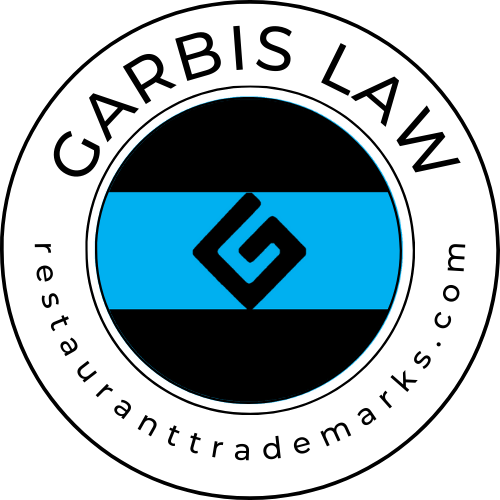You’ve got it! The perfect name for your restaurant. It’s creative, memorable, and embodies everything you want your customers to experience. But just as you start dreaming of menus, signage, and securing your restaurant trademark, a sinking realization hits: another business has a name that sounds all too similar. Are your plans derailed, or is there a way to still claim your identity in a crowded market?
In this post, we’ll dive into what it means to trademark a name that might overlap with others, explain how the USPTO evaluates these situations, and share strategies to help you protect your vision while navigating potential obstacles.
Understanding “Likelihood of Confusion”
At the heart of trademark registration is the concept of “likelihood of confusion.” When the USPTO reviews the application for your restaurant trademark, they’re asking one key question: Could consumers reasonably mistake your brand for an existing one?
What the USPTO Looks For
The USPTO considers several factors when determining whether a restaurant trademark creates a likelihood of confusion, but two stand out as the most significant:
- Similarity of the Names: The USPTO compares the visual, phonetic, and overall impression of the names. For example, “Tasty Bites” and “Tasty Delights” might be considered too similar because they share key elements and evoke the same commercial impression.
- Related Goods or Services: If both businesses operate in the same industry or offer similar products, the likelihood of confusion increases. A restaurant and a catering service, for instance, may be seen as closely related, whereas a restaurant and a clothing brand may not.
These two factors carry the most weight, but the USPTO doesn’t stop there. Other considerations, often referred to as the DuPont factors, include the distinctiveness of the existing trademark, evidence of actual confusion in the marketplace, and the sophistication of the consumers likely to encounter the brands.
Similarity and Distinctiveness in Action
Let’s break it down with an example. Imagine two businesses: “Urban Eats” and “Urban Treats.” Both serve quick, casual food in metropolitan areas. The names sound and look alike, and their services overlap. The USPTO might find these restaurant trademarks confusingly similar because they target the same market with nearly indistinguishable branding. However, the outcome often depends on additional factors, such as the overall strength of the term “Urban” and the distinctiveness of the second word. Each case is unique and evaluated on a case-by-case basis, taking all relevant factors into account.
When Similar Names Might Work
The good news? A similar name doesn’t automatically mean you’re out of luck. Here are some situations where your restaurant trademark application might still succeed:
1. Different Industries
If your business operates in an entirely different sector than the existing trademark, confusion is less likely. For example, “Blue Horizon” might work as both as a restaurant trademark and a logistics company without causing issues.
2. Distinct Geographic Markets
If the existing business operates locally and doesn’t have a federal trademark, you might still be able to register your name. However, keep in mind that the local business could still challenge your use of the name based on common law rights, especially if they can show they were using the name first in their region. For instance, a diner in California might coexist with a similarly named bistro in New York, but the specific circumstances of each case could influence the outcome.
3. Weak Restaurant Trademarks
Generic or descriptive trademarks—like “Tasty Pizza”—are inherently weak, especially when multiple registrations contain similar terms. When marks with common terms coexist, the strength of the shared term diminishes, making the mark as a whole harder to enforce. This allows for some coexistence, depending on other factors like the distinctiveness of additional terms and variations included in the names. If the existing name is difficult to enforce due to its weakness, or if the differences between marks are significant enough, you may still have room to secure your trademark. As always, the outcome depends heavily on the specific circumstances of the case.
Navigating Restaurant Trademark Challenges and Overcoming Hurdles
Conducting a comprehensive trademark search is the first and most important step in this process. A search can uncover potential conflicts, reveal the strength of existing marks, and guide you in refining your branding strategy. By addressing these potential hurdles early, you can avoid costly delays and ensure that your application lays the groundwork for a strong trademark registration.
When similarities arise, making your name unique is key. Adding a creative twist, such as a distinctive word, might be enough to set your brand apart. Adjusting your name proactively can save time and headaches down the line.
Even with a unique spin, navigating trademark law can be complex. This is where the value of working with a trademark attorney becomes clear. An attorney doesn’t just handle paperwork; they analyze potential conflicts, craft strategic responses to USPTO office actions, and ensure that your application aligns with trademark law. Having an expert guide the process can make all the difference in securing your brand’s future.




